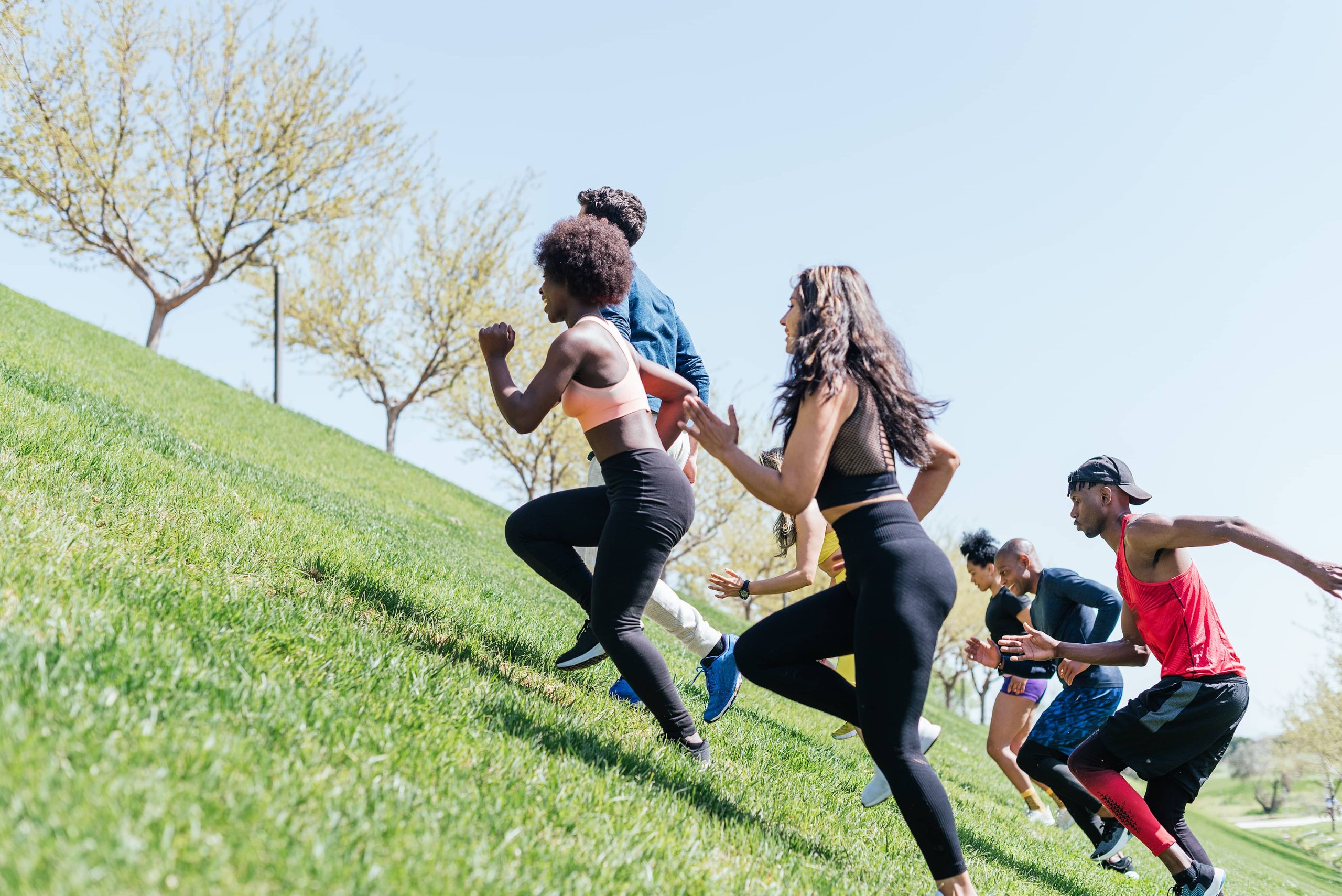
As the leaves begin to fall and the air turns crisp, many fitness enthusiasts eagerly anticipate the arrival of winter sports season. Whether you’re a seasoned skier, a snowboarding aficionado, or someone who simply enjoys the thrill of winter activities, preparing your body for the demands of these sports is crucial. Winter sports require a unique blend of strength, endurance, flexibility, and balance. In this blog post, we’ll explore how you can get your body ready for the winter sports season, ensuring you stay fit, healthy, and injury-free.
Understanding the Demands of Winter Sports
Winter sports, such as skiing, snowboarding, ice skating, and snowshoeing, place specific demands on your body. These activities often involve:
1. Cardiovascular Endurance: Many winter sports require sustained physical activity, which can be taxing on your cardiovascular system. Building endurance is essential for maintaining energy levels and performance.
2. Muscular Strength: Strong muscles, particularly in the legs, core, and upper body, are vital for controlling movements and maintaining stability on uneven and slippery surfaces.
3. Flexibility and Balance: Flexibility helps prevent injuries by allowing your body to move through a full range of motion. Balance is crucial for maintaining control and stability, especially on ice or snow.
4. Agility and Coordination: Quick reflexes and the ability to change direction swiftly are important for navigating the dynamic environments of winter sports.
Building a Winter Sports Fitness Plan
To prepare for winter sports, it’s important to develop a comprehensive fitness plan that addresses these key areas. Here’s a step-by-step guide to help you get started:
1. Cardiovascular Conditioning
Begin by incorporating cardiovascular exercises into your routine. Activities like running, cycling, or swimming can help build endurance. Aim for at least 150 minutes of moderate-intensity aerobic activity per week. Interval training, which alternates between high-intensity bursts and low-intensity recovery periods, can also be effective in boosting cardiovascular fitness.
2. Strength Training
Focus on exercises that target the major muscle groups used in winter sports:
– Legs: Squats, lunges, and leg presses can help build strength in the quadriceps, hamstrings, and calves.
– Core: Planks, Russian twists, and bicycle crunches are excellent for strengthening the core muscles, which are essential for stability and balance.
– Upper Body: Push-ups, pull-ups, and dumbbell rows can enhance upper body strength, aiding in activities like skiing and snowboarding.
Incorporate strength training exercises at least two to three times a week, allowing for rest days in between to promote muscle recovery.
3. Flexibility and Balance
Incorporate stretching and balance exercises into your routine to improve flexibility and stability. Yoga and Pilates are excellent options, as they focus on enhancing flexibility, balance, and core strength. Additionally, consider exercises like single-leg stands or using a balance board to challenge your balance.
4. Agility and Coordination
To improve agility and coordination, include drills that mimic the movements of winter sports. Ladder drills, cone drills, and plyometric exercises like box jumps can help enhance your ability to move quickly and efficiently.
Nutrition and Hydration
Proper nutrition and hydration play a vital role in preparing for winter sports. Fuel your body with a balanced diet rich in carbohydrates, proteins, and healthy fats to support energy levels and muscle recovery. Stay hydrated by drinking plenty of water throughout the day, and consider electrolyte-rich drinks during intense training sessions.
Injury Prevention
Preventing injuries is a key aspect of preparing for winter sports. Here are some tips to keep in mind:
– Warm-Up and Cool Down: Always start your workouts with a warm-up to increase blood flow to the muscles and reduce the risk of injury. Similarly, cool down with stretching exercises to aid in recovery.
– Listen to Your Body: Pay attention to any signs of pain or discomfort. Rest and seek medical advice if you experience persistent issues.
– Use Proper Equipment: Ensure that your gear, such as skis, snowboards, and protective equipment, is in good condition and fits properly.
Mental Preparation
Mental preparation is just as important as physical readiness. Winter sports can be mentally challenging, requiring focus and determination. Practice visualization techniques, set realistic goals, and maintain a positive mindset to enhance your performance.
Conclusion
Preparing for winter sports fitness involves a holistic approach that combines cardiovascular conditioning, strength training, flexibility, balance, and mental readiness. By following a well-rounded fitness plan and paying attention to nutrition and injury prevention, you can enjoy a successful and injury-free winter sports season. Embrace the beauty of winter, and let your fitness journey enhance your enjoyment of the great outdoors. Whether you’re carving down the slopes or gliding across the ice, your preparation will ensure you make the most of the winter sports season.











